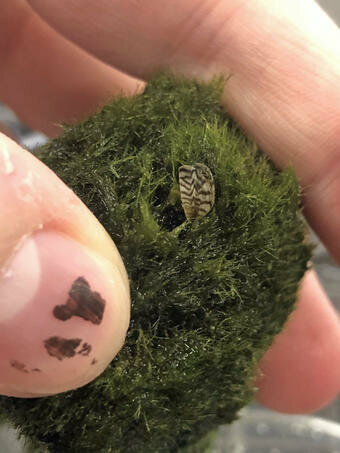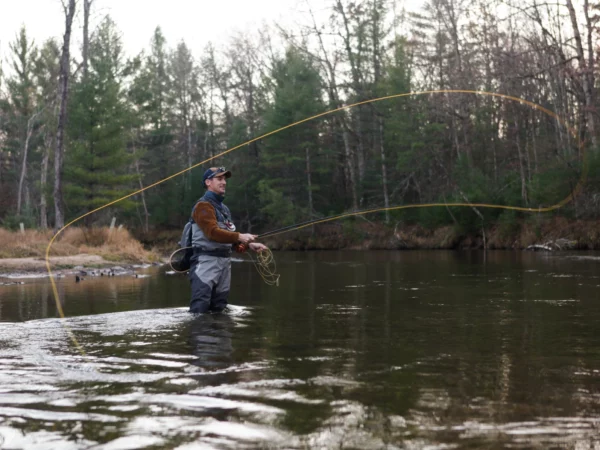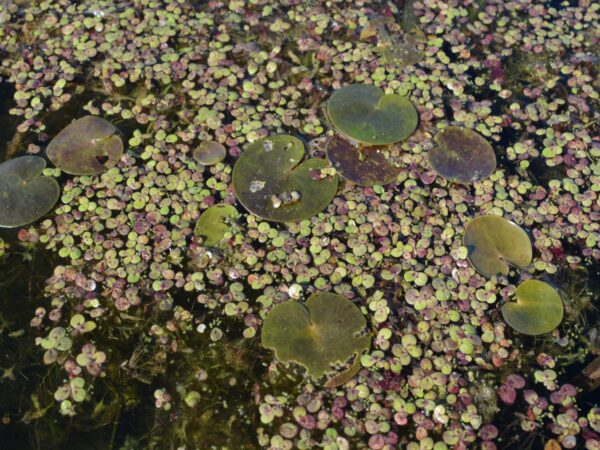
By
This article is part of a collaboration between The Char-Koosta News and Great Lakes Now at Detroit Public Television. Our partnership brings readers stories about issues of, research about and solutions to the invasive mussel problem – a challenge that’s shared by communities around Flathead Lake, its nearby waters and the Great Lakes.
The Char-Koosta News is the official news publication of the Confederated Salish and Kootenai Tribes of the Flathead Indian Reservation in western Montana that publishes articles and stories of interest to the tribal membership and the non-tribal people living on the reservation.
The name “Char-Koosta” is a combination of the names of the last two traditional leaders of the Salish and Kootenai Tribes. Chief Charlo was the last traditional chief of the Bitterroot Salish, and he was among the last 300 tribal people that were forcibly removed by army from their Bitterroot homelands in 1891 to the present-day Flathead Indian Reservation. Chief Koostahtah was the last of the traditional Kootenai leaders. The traditional leaders/chiefs were eliminated by the 1935 Flathead Nation Constitution, under the auspices of the Indian Reorganization Act.
Invasive zebra mussels found another avenue for potential infestation of Montana waters. Montana Fish, Wildlife & Parks was notified Wednesday that zebra mussels were detected in aquarium moss balls sold at a pet store in Washington state. FWP immediately checked pet stores around Montana and found invasive mussels in moss balls at multiple locations.
It appears these moss balls were imported from Ukraine to a distributor in California and were shipped to pet stores nationwide. The facility that imports the moss balls has been quarantined and all shipments of moss balls have been stopped.
A moss ball is a species of green algae that is formed into a ball and is 2 to 5 inches in diameter. Moss balls are purchased for home aquariums to help absorb harmful nutrients in the water and limit the growth of undesirable algae.
All of the mussels detected in Montana so far have been dead shells. However, live mussels were found on moss balls in Oregon and Idaho.
FWP is working closely with other states and Federal agencies to address this nation-wide issue.
If you have recently purchased moss balls, remove them from the water, place them in a plastic bag and put them in the freezer overnight. Additional guidance for addressing potential mussels in aquariums and how to treat tank water will be available soon. Please don’t dispose of your aquarium tank water in your household drain.
This is another reminder to never dump aquarium tank pets, plants, or water into Montana’s waterways.
It is illegal to release fish and other aquarium pets into natural waterways. If you can’t keep your pet, find someone else who can adopt it, turn it in to a pet store or humane society, or euthanize it.
Aquarium plants can impact native aquatic plant and animal species. Let unwanted plants dry and then dispose in the garbage.
Aquarium water can harbor pathogens and diseases. Dispose of tank water on the ground away from waterways.
Visit Don’t Let It Loose: https://www.dontletitloose.com/
If you have any questions call the Aquatic Invasive species hotline: 406-444-2440.
Catch more news on Great Lakes Now:
Zebra Mussels: A guide to the good and the bad of these Great Lakes invaders
30 Years Later: Mussel invasion legacy reaches far beyond Great Lakes
Mussel-Phosphorus Puzzle: Invasive mussels are reshaping the chemistry of the Great Lakes
Mercury Levels Maintained: Invasive mussels keep mercury levels high in Great Lakes fish
API key not valid. Please pass a valid API key.Featured image: Zebra mussel on a moss ball (Photo from the USGS, public domain)




